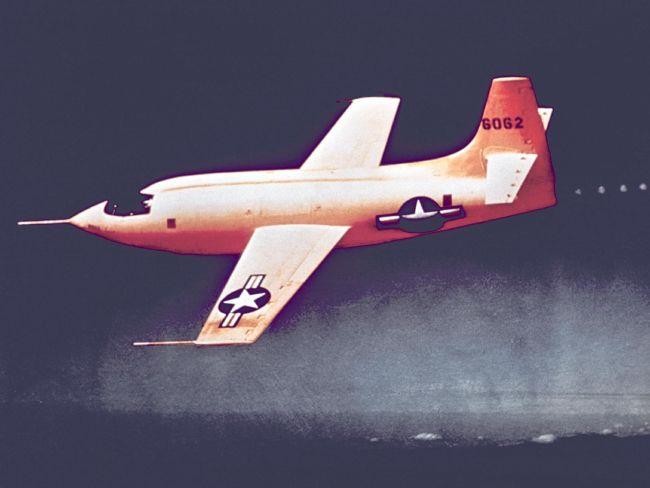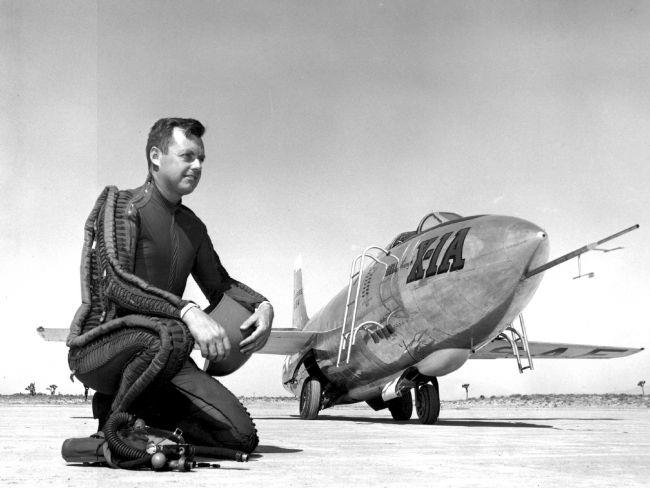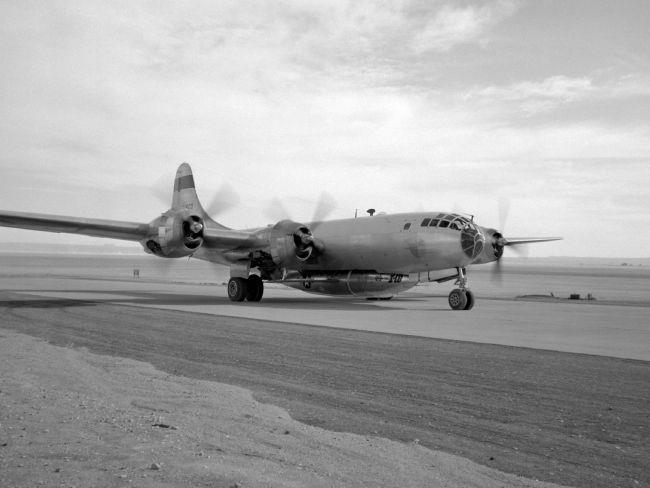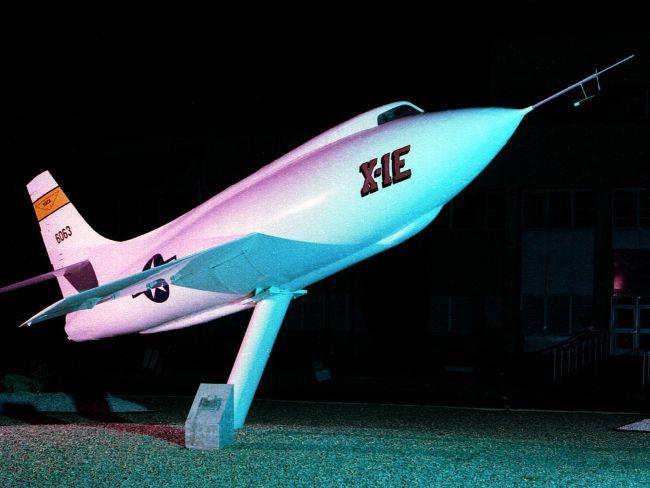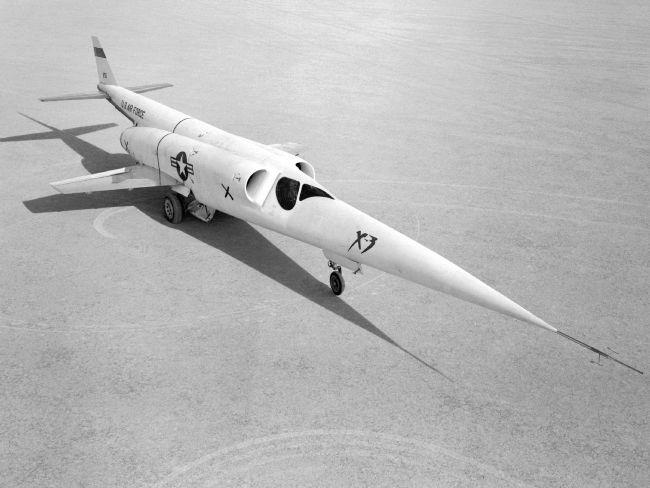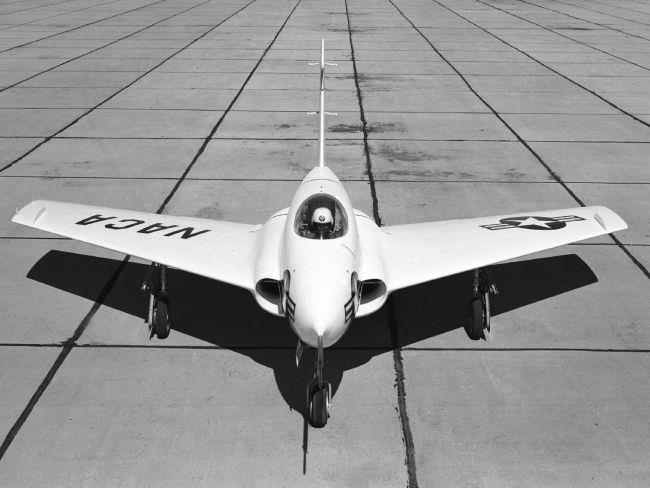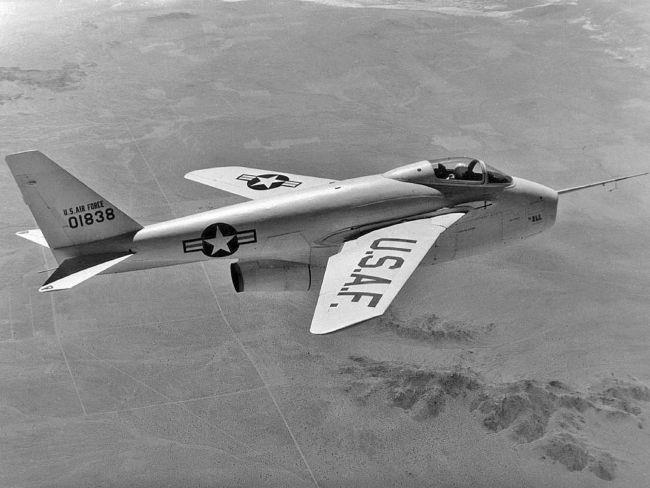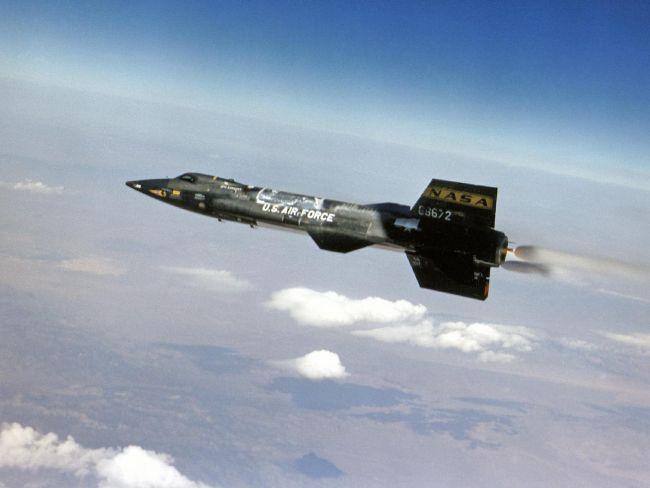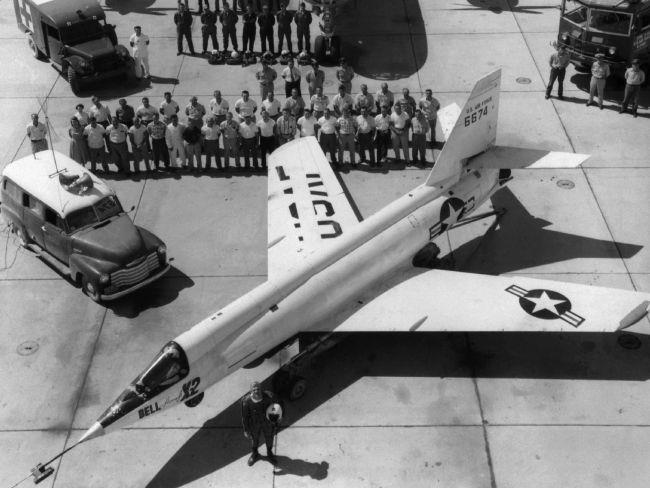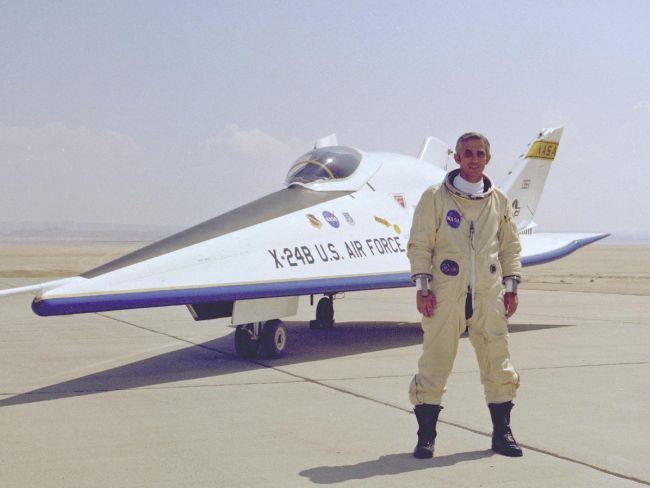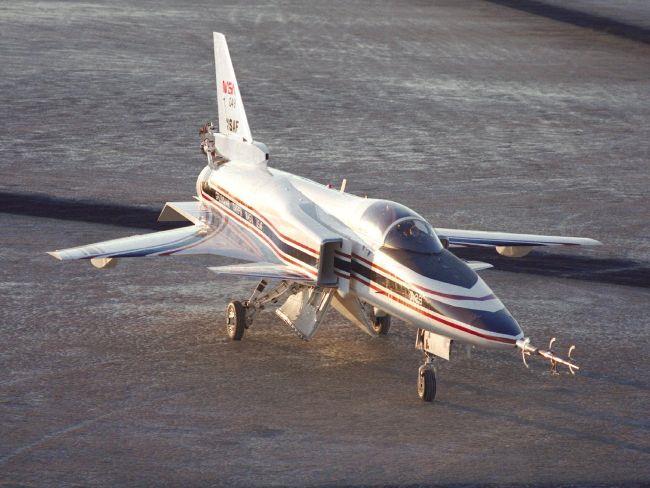Powered by Sispro1-S
Paragon Of Space Publication
X Series Aircraft From The X1 to XV-15
© Copyright Reserved - United Kingdom
Ideal Screen Composition 1024 x 768
Nigel G Wilcox
SITEMAP
SCIENCE RESEARCH
ABOUT
Desk
MAIN INDEX
Study
Menu
Supersonic
Stealth
Bell Aircraft Corporation X-1-1
The Bell Aircraft Corporation X-1-1 in flight with the shock wave pattern in the exhaust plume visible. The X-1 series aircraft were air-launched from a modified Boeing B-29 or a B-50 Superfortress bombers. Lasting from 1946 to 1958, the project’s goal was breaking the sound barrier, which was achieved on Oct. 14, 1947.
NASA Photo / USAF photo by Lt. Robert A. Hoover
Maj. Arthur 'Kit' Murray with X-1A
NACA/NASA
<<<The Bell X-1A was similar to the Bell X-1, except for having turbo-driven fuel pumps , a new cockpit canopy, longer fuselage and increased fuel capacity. Testing began on Jan. 7, 1953 but after a few short flights the aircraft suffered an explosion. This image shows U.S. Air Force test pilot Maj. Arthur "Kit" Murray in front of the plane.
NACA/NASA
The Bell X-1B was a second-generation X-1 used by the U.S. Air Force for pilot familiarization before being turned over to NACA in December 1954. This aircraft completed a total of 27 glide and powered flights. This image was taken April 9, 1958.>>>
X-1B
X-1E
NASA/Les Teal
The X-1E, the last of the X-1 aircraft series, made 26 flights to obtain in-flight data at twice the speed of sound, with particular emphasis placed on investigating the improvements achieved with the high-speed wing. This image was taken in February 1996.
Douglas X-3
NACA/NASA
The Douglas X-3, known as the Stiletto, was built to investigate the design of an aircraft suitable for sustained supersonic speeds. It first flew in October 1952 and has 20 flights between 1954 and 1956. This image was taken in 1956. >>>
X-4
NACA/NASA
<<< The X-4 was designed to obtain in-flight data on the stability and control of semi-tailless aircraft at high subsonic speeds. The X-4 flew 82 research flights from 1950 to 1953 before being retired from service. This image was taken in 1950.
X-5
NACA/NASA
The X-5 was flight tested at the NACA High-Speed Flight Research Station from 1952 to 1955 to test variable sweep wings. The aircraft completed 133 test flights during three years of service. This image was taken in 1957. >>>
NASA
X-15
<<< The X-15 research aircraft was developed to provide in-flight information and data on aerodynamics, structures, flight controls, and the physiological aspects of high-speed, high-altitude flight. Flown over a period of nearly 10 years, June 1959 to Oct. 1968, the vehicles completed a total of 199 flights.
X-2
X-2
NASA/USAF
The X-2 was a swept-wing, rocket-powered aircraft designed to fly faster than Mach 3 (three times the speed of sound). Two aircraft completed a total of 20 flights from June 1952 to September 1956. This image was taken in 1956. >>>
NASA
X-24
<<< The X-24 was one of a group of lifting bodies flown from 1963 to 1975. The X-24 was flown 28 times in the program that validated the concept that a Space Shuttle vehicle could be landed unpowered. This image was taken Sep. 5, 1975.
X-29
NASA
Two X-29 aircraft, featuring one of the most unusual designs in aviation history, flew from 1984 to 1992 to test several new technologies. During its flight history, the X-29 aircraft flew 422 research missions and a total of 436 missions. This image was taken in November 1990.
P1
P2
P3




